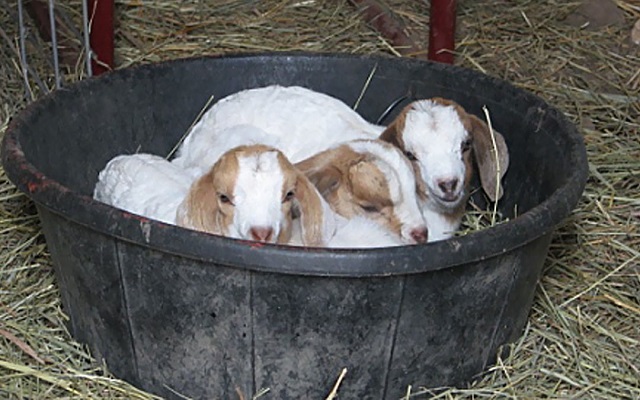

Pregnancy toxemia is a metabolic disorder of pregnant ruminants (pre-parturition) caused by abnormal metabolism of carbohydrates and fats, which occurs in the final stages of pregnancy. This condition is closely link and associated with Negative Energy Balance.
Although many animals are able to cope and recover from a negative energy balance by metabolising body fat albeit with a negative impact on productivity at the sub-clinical stage, some metabolise too much fat, become overwhelmed with the associated by-products (ketone bodies), and develop pregnancy toxemia (before kidding) and ketosis (after kidding).
The final stages of pregnancy and the onset of milk production (lactation) requires a lot of energy, this high demand is usually met by feed intake and topped up by body reserves. If the (metabolisable) energy from feed intake and the body reserves is less than required for the fetus to grow or to produce milk – the body is in a Negative Energy Balance (NEB).
Risk factors for pregnancy toxemia include carriage of multiple fetuses, age, and extreme body condition score (BCS), fat or thin. Obese animals carrying multiple fetuses are at highest risk to develop disease.
Clinical signs of pregnancy toxemia are usually non-specific at the onset of disease and may include anorexia, isolation from herd mates, swollen lower limbs, tremors, recumbency, blindness, ataxia, coma and death.
Prevention
Prevention of pregnancy toxemia in goats is via nutritional management and identification of those animals at most risk. Feed intake should be monitored and adapted to meet the need of the doe. The feed ration will invariably be different for pregnant and lactating animals and therefore body scoring condition.
Treatment
Variability in the recovery rate from one study to another with the same treatments, but slightly different protocols and definitions of pregnancy toxemia make it difficult to know what the ideal treatment should be, especially in severe cases.
In general, once recumbency occurs the prognosis for recovery is poor. For this reason the focus should be on preventing the disease, and identifying those animals at higher risk
 Contact Jaguza Support
Contact Jaguza Support